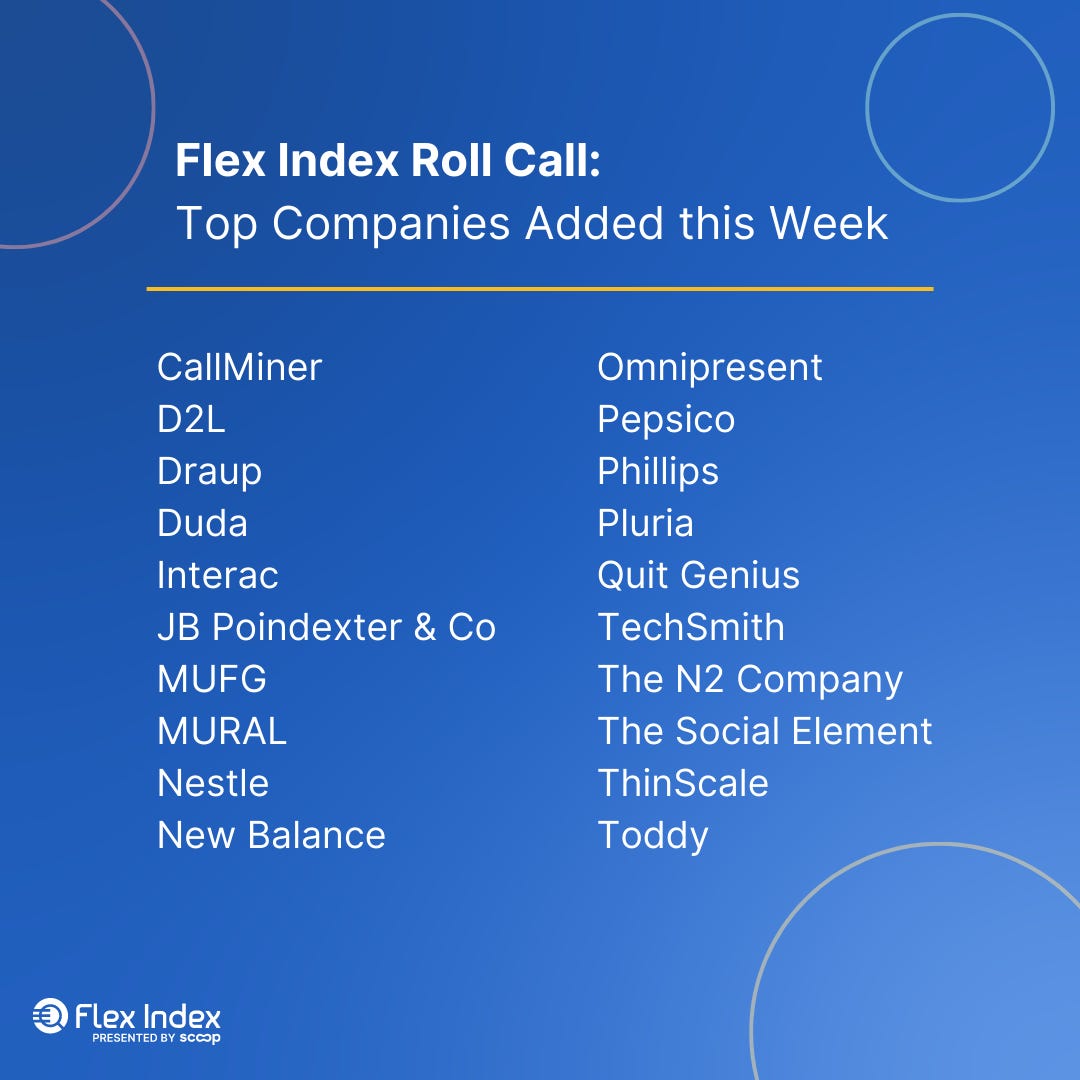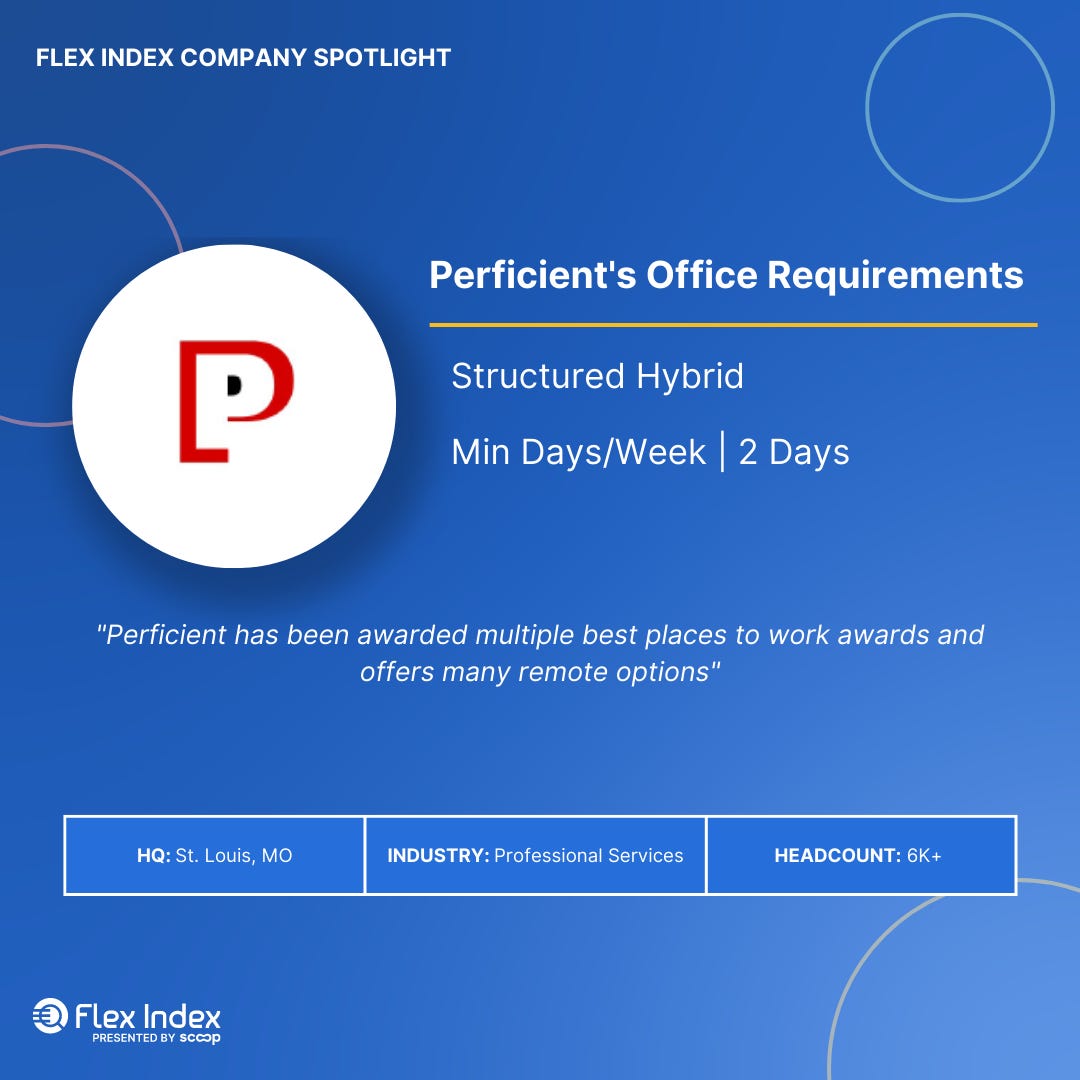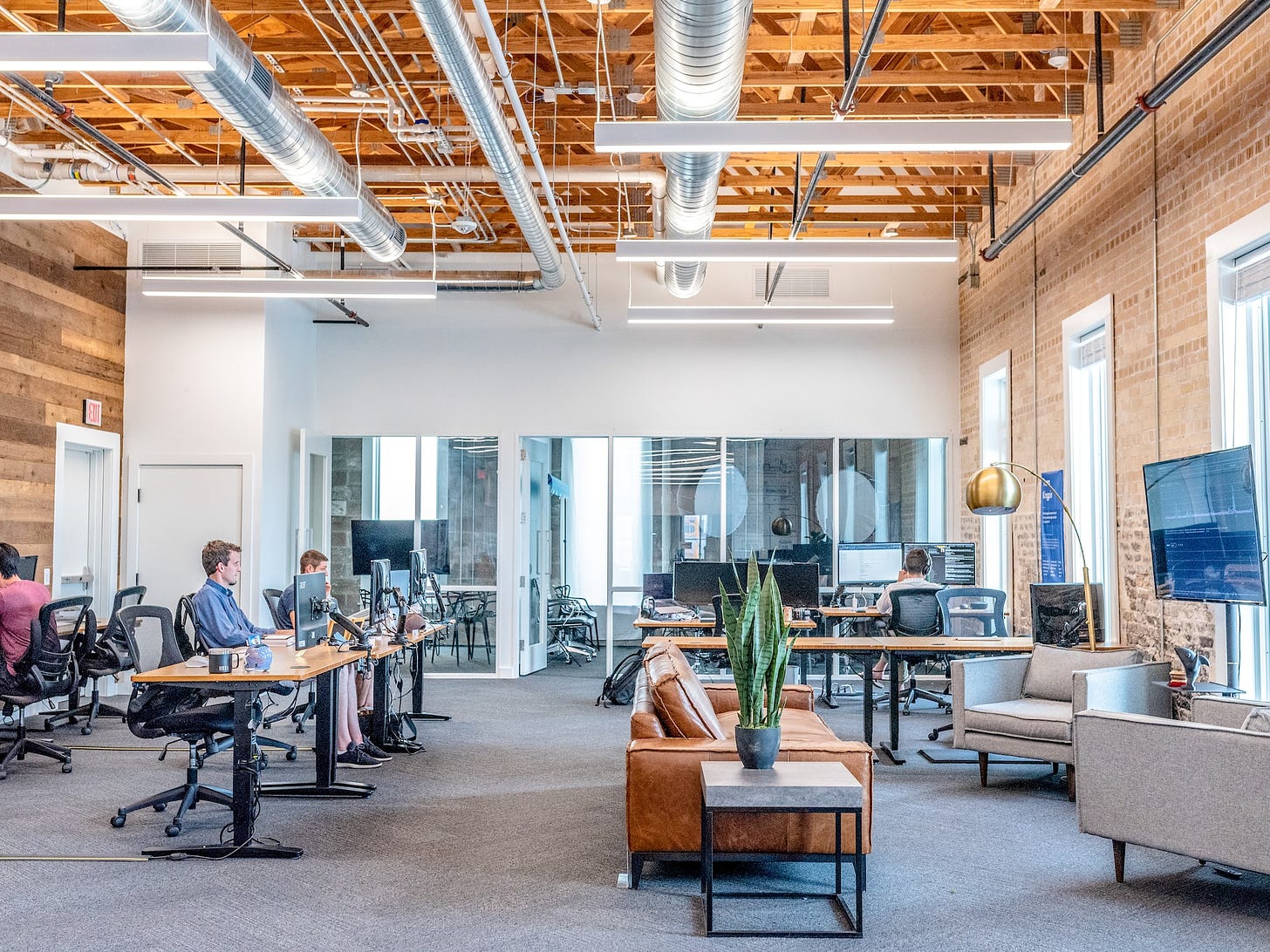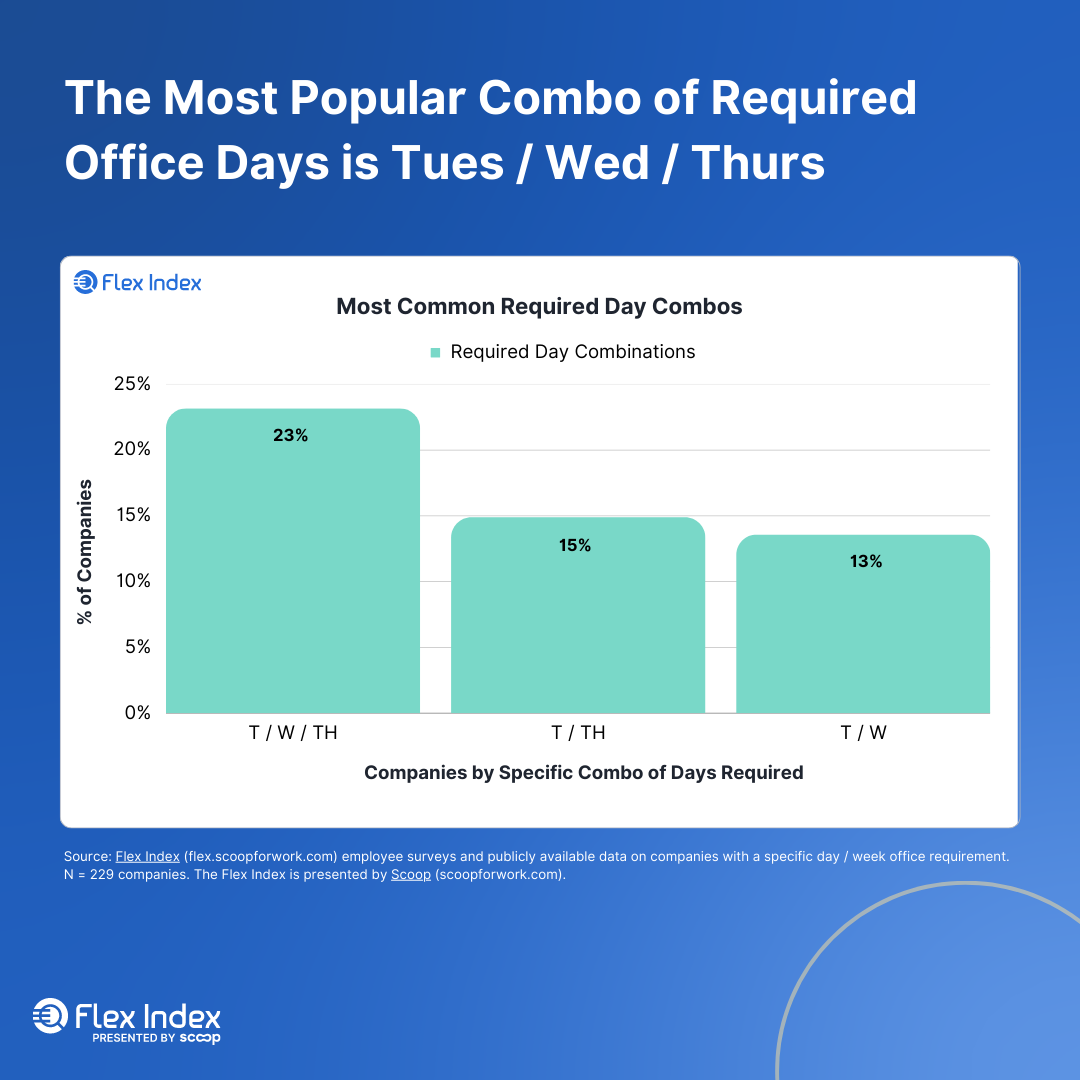Flex Index 2/21: Is the Future of Work flexible across all industries?
3 DO’s and DON'TS for offering workplace flexibility in non-obvious industries
Current Subscribers: 933, +279 since last week (+43%)
Please forward this to colleagues and friends! Link to subscribe.
By The Numbers
Total Flex Index Companies: 4,075
Company listings added, edited, or verified this past week: 111
Newly Added Companies
Guest Blog by Ali Greene: Creating Workplace Flexibility in “Non-Obvious” Industries
In her guest post, Ali Greene, co-author of Remote Works: Managing for Freedom, Flexibility, and Focus, explores how even in the three most “remote-resistant” industries—Restaurants, Retail, and Hospitality—opportunities for flexible work can still be found.
Read her full post to learn:
How leaders can adopt best practices from remote-ready industries
What to avoid when offering workplace flexibility in a non-obvious industry
Insights on flexible work offerings by industry and employee size
Company Spotlight: Perficient
Perficient is a digital consulting company headquartered in St. Louis, MO. Most employees are required to come into the office at least 2 days per week, but there is some variation by corporate office location. All national consulting roles are remote, and many of the administrative roles outside St. Louis, MO, can be remote.
Guest Blog by Tamara Sanderson: How to Make Better Workplace Flexibility Decisions
Tamara Sanderson, co-author of Remote Works: Managing for Freedom, Flexibility, and Focus, explains why leaders need to shift to a "design mindset" if they hope to make better decisions about office flexibility, plus four tips to start off on the right foot.
Fact of the Week
While Monday mornings and Friday afternoons may remain commute-free, employees at Structured Hybrid companies should expect to spend the middle of their week on-site.
Tuesday is the most popular in-office day overall. Tuesday-Thursday tends to be the most popular combination of required office days.
You can find more insights like these in our recently published Flex Report.
In The Media
SF Standard: Portland, Boulder, and Austin lead the pack on fully flexible work, but San Jose offers the highest combination of flexible and hybrid work across all major US metros. San Francisco is not far behind!
Charleston Open Source: While the West Coast has long been regarded as the place to be for tech, in recent years, that energy has expanded into key cities in the South. The expansion of tech to cities like Austin, Charleston, and Durham has created more flexible work opportunities in these cities.
Charter: Work location flexibility appears to be more common in blue states and areas of the country where home prices are higher.
One Last Thing…
Add your company to the Flex Index with this 1-minute survey
Share this newsletter with friends and colleagues
About Scoop
Scoop is the fastest way to plan your next great office day. With Scoop, employees get more out of going in, with easily scheduled in-office days and invites. For HR and workplace leaders, Scoop provides insights on work location trends, office usage, and additional workplace solutions to get the most out of hybrid work.









